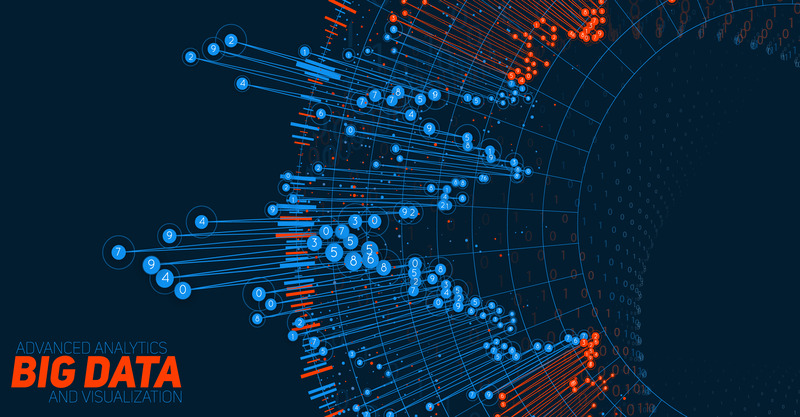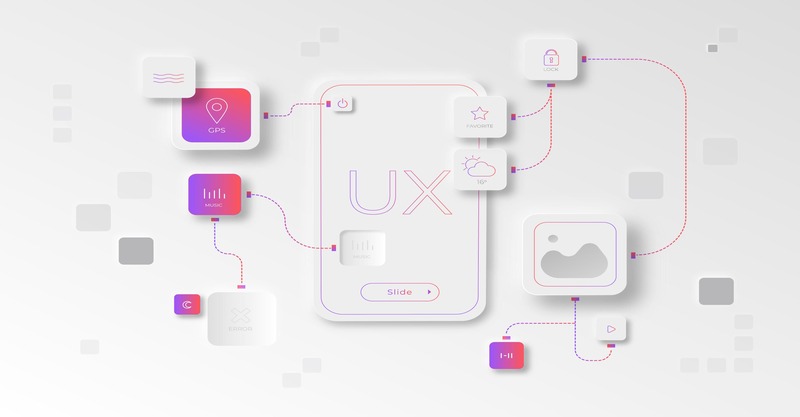In today’s data-driven world, businesses are increasingly turning to big data analytics to extract valuable insights from vast amounts of information. The ability to analyze and interpret data on a large scale is transforming decision-making processes across industries, offering companies a competitive edge. Big data analytics allows businesses to move beyond intuition-based decision-making and make informed, data-driven choices that drive efficiency, improve customer targeting, and ultimately boost profitability.
Unlocking Actionable Insights
Big data analytics involves processing and analyzing large volumes of structured and unstructured data from various sources such as customer interactions, social media, market trends, and operational data. By using sophisticated algorithms and machine learning techniques, businesses can uncover patterns, trends, and correlations within this data that would be impossible to identify manually.
For example, companies in industries like retail and e-commerce can analyze consumer behavior data to understand purchasing patterns, preferences, and seasonal trends. This enables businesses to tailor their marketing strategies, product offerings, and inventory management, ensuring they align with customer demands and market conditions. These actionable insights allow for smarter decision-making, improving both short-term and long-term strategies.
Enhancing Efficiency and Operational Performance
Big data analytics can significantly enhance business efficiency by streamlining operations and optimizing resource usage. By analyzing data from various business functions, such as supply chain, inventory management, and production processes, organizations can identify inefficiencies, bottlenecks, or areas where resources are being underutilized.
For instance, predictive analytics can be applied to maintenance schedules for equipment in manufacturing settings. By analyzing historical performance data, businesses can predict when a machine is likely to fail and proactively schedule maintenance, reducing downtime and repair costs. In logistics, big data can be used to optimize delivery routes and minimize fuel consumption, reducing operational costs while improving delivery times.
By applying big data insights to these operational aspects, businesses can cut costs, reduce waste, and improve productivity, contributing to a healthier bottom line.
Improving Customer Targeting and Personalization
One of the most significant benefits of big data analytics is its ability to improve customer targeting and personalization. With access to vast amounts of customer data, companies can create detailed customer profiles that include purchasing behavior, preferences, and demographic information.
This allows businesses to deliver highly personalized marketing campaigns, offers, and recommendations. For example, streaming services like Netflix and Spotify use big data to recommend movies, shows, or music based on users’ viewing or listening history. Similarly, e-commerce websites use predictive analytics to suggest products to users based on their browsing and purchase patterns.
In addition to improving customer experience, personalized marketing drives higher conversion rates and customer loyalty. Businesses can tailor their strategies to meet the specific needs of different customer segments, ensuring more targeted outreach that resonates with each group.
Enabling Data-Driven Decision Making
Big data analytics empowers businesses to move away from decision-making based on intuition or gut feeling and rely on empirical, data-backed insights. By leveraging analytics tools, businesses can perform in-depth data analysis that provides a clear picture of market trends, customer behavior, and financial performance.
For example, financial institutions use big data analytics to assess risk, predict market fluctuations, and make investment decisions. In healthcare, data analytics is used to improve patient outcomes by analyzing patient data to predict health trends and optimize treatment plans. In each case, decisions are made with a clearer understanding of potential risks, rewards, and opportunities, reducing uncertainty and improving the quality of choices made by executives and decision-makers.
Driving Profitability
By leveraging big data analytics, businesses can identify new revenue opportunities and optimize existing ones. For example, analytics can reveal new market segments that a business has yet to target, uncover pricing strategies that maximize sales, or highlight areas where operational costs can be reduced to increase profitability.
Moreover, big data analytics helps businesses measure the effectiveness of their marketing and sales strategies. By analyzing campaign performance data in real time, companies can adjust their tactics to improve engagement and conversion rates, leading to more efficient use of marketing budgets and better return on investment (ROI).





